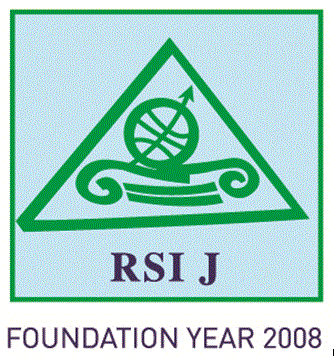Cristina LINKARU
National Institute for Science Research in The Field of Labour and Social Protection- INCSMPS, Romania, e-mail: cristina.lincaru@yahoo.de
Vasilica CIUCĂ
National Institute for Science Research in The Field of Labour and Social Protection- INCSMPS, Romania, e-mail: silviaciuca@incsmps.ro
Speranţa PÎRCIOG
National Institute for Science Research in The Field of Labour and Social Protection- INCSMPS, Romania, email: pirciog@incsmps.ro
Draga ATANASIU
National Institute for Science Research in The Field of Labour and Social Protection- INCSMPS, Romania, email: incsmps1@incsmps.ro
Abstract
Independent Component Analysis ICA is “a method for finding underlying factors or components from multivariate (multidimensional) statistical data”. Considering that the specific of this method is “that it looks for components that are both statistically independent and Non-Gaussian, we try to apply ICA method on labour market data. Following the methodology presented by Hyvärinen, Karhunen, Oja (2001) on the problem” cashflow of several stores belonging to the same retail chain, trying to find fundamental factors common to all stores that affect the cash flow” we apply on analysing the unemployment rates, seasonally adjusted, in monthly variation at EU27 level between January 2000-September 2011. The data source is EUROSTAT, indicator [une_rt_m]: „Unemployment rate, monthly average, seasonally adjusted data, total (%), resulting 141 months/cases. Orginal mixture data are pre-processing in the stage of Pre-whitened using Principal Component Analysis PCA, with NIPALS algorithm and for ICA the FastICA Algorithm from STATISTICA 8.0 Software.
read more
